Boiling water to sterilize & re-use potting mix?
turquoisegardenia
13 years ago
Related Stories

TASTEMAKERSA New Decorating Book Celebrates Expert Style Mixing
Old-world classic, traditional and modern elements harmonize in Stephen Sills' gift-worthy new decorating book
Full Story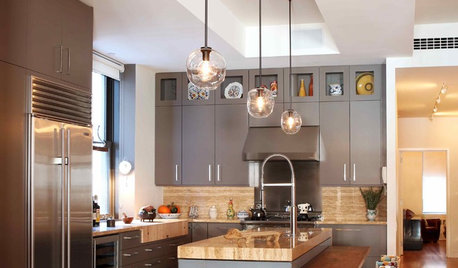
KITCHEN DESIGNMix and Match Kitchen Materials for a Knockout Design
Give your kitchen unexpected flavor by combining wood, stone, glass and more. Here’s how to get the mix right
Full Story
KITCHEN DESIGNNew This Week: 2 Kitchens That Show How to Mix Materials
See how these kitchens combine textures, colors and materials into a harmonious whole
Full Story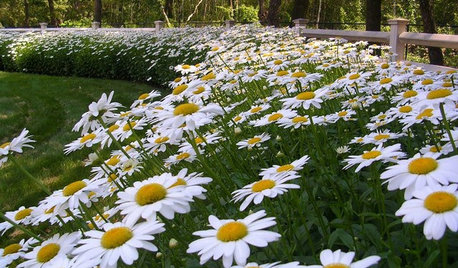
GARDENING GUIDESMix or Mass Daisies for Two Great Garden Looks
The classic daisy looks equally beautiful massed in borders or mixed throughout a naturalistic planting. Which look suits your style?
Full Story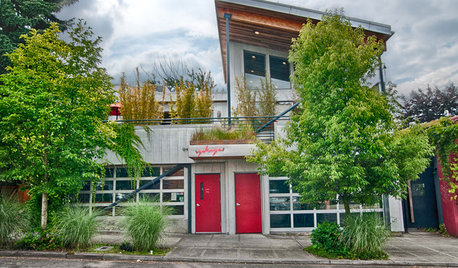
HOUZZ TOURSMy Houzz: Mixed-Use Oregon Home Serves and Charms
Home, restaurant, garden, rental cabin — and it gives back to the community too. This multitasking home is a wonder in more ways than one
Full Story
HOUZZ TOURSHouzz Tour: Mixing It Up in a Century-Old Edwardian
Different eras, patterns and textures mingle beautifully in a Canadian interior designer's home and 'design lab'
Full Story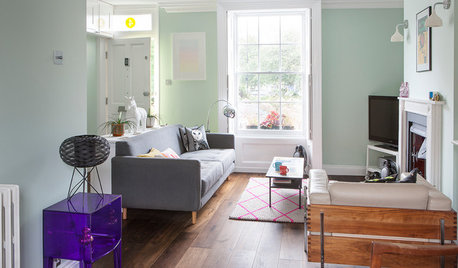
ECLECTIC HOMESHouzz Tour: High-Low Mix in a Colorful Victorian
An unloved house is transformed into a cheerful, versatile home with a blend of design classics, budget pieces and treasured finds
Full Story
ARCHITECTURECity View: New Orleans Style Mixes It Up
Always ready for a party and a parade, this Louisiana city also counts history, varied cultures and a resilient spirit among its influences
Full Story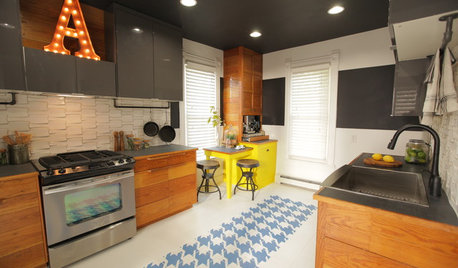
BEFORE AND AFTERSMixing Vintage and Modern in an Urban Family Kitchen
See an ad hoc kitchen become full of character, hipness and — above all — function
Full Story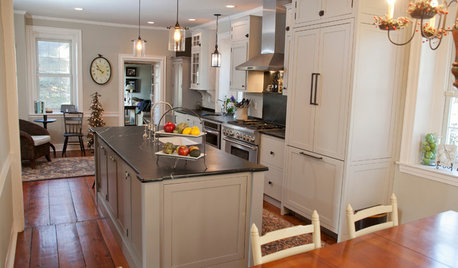
KITCHEN DESIGNNew and Old Mix It Up in a Historic Farmhouse Kitchen
A couple rethink the kitchen in their Pennsylvania farmhouse to restore authenticity while also creating a space for modern living
Full StoryMore Discussions







valberry
jodik_gw
Related Professionals
Fort Atkinson Landscape Contractors · Milford Mill Landscape Contractors · Lakeville Solar Energy Systems · Mesquite Solar Energy Systems · North Tustin Solar Energy Systems · Baileys Crossroads Window Contractors · Enumclaw Window Contractors · Palm River-Clair Mel Window Contractors · Altadena Fence Contractors · Bonney Lake Fence Contractors · Modesto Fence Contractors · North Miami Beach Fence Contractors · Palo Alto Fence Contractors · Salt Lake City Fence Contractors · Winchester Fence ContractorsturquoisegardeniaOriginal Author
rhizo_1 (North AL) zone 7
bkinWisconsin
Ohiofem 6a/5b Southwest Ohio
jodik_gw
turquoisegardeniaOriginal Author
Ohiofem 6a/5b Southwest Ohio
tapla (mid-Michigan, USDA z5b-6a)
turquoisegardeniaOriginal Author
jane__ny
tapla (mid-Michigan, USDA z5b-6a)
tapla (mid-Michigan, USDA z5b-6a)
swamptribe
jane__ny
jodik_gw
swamptribe
tapla (mid-Michigan, USDA z5b-6a)
turquoisegardeniaOriginal Author
greenman28 NorCal 7b/8a
jane__ny